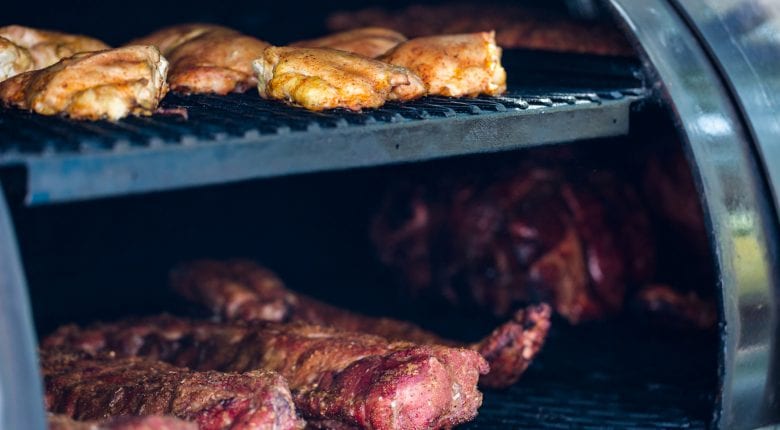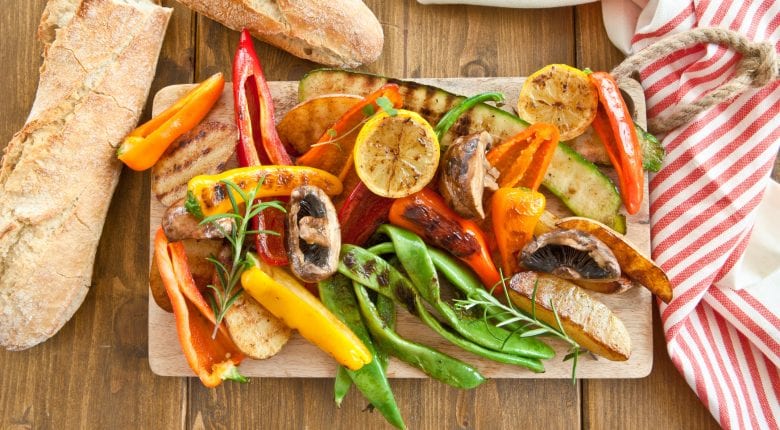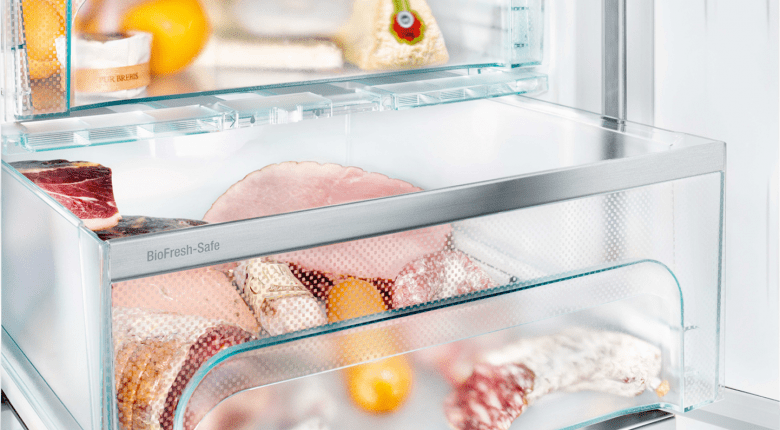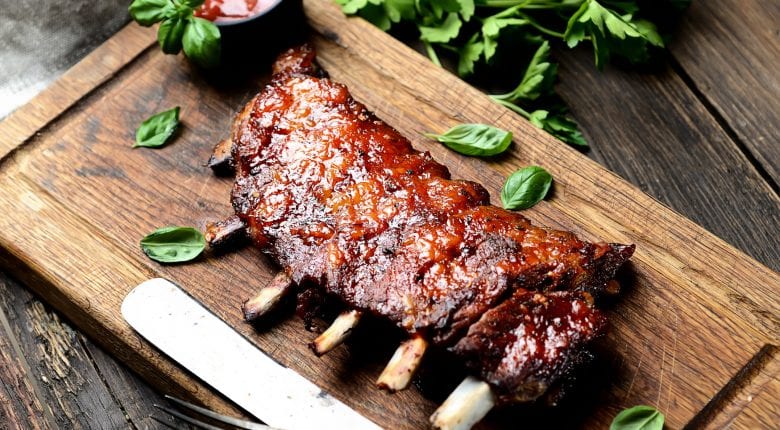As the temperatures rise around the UK, gardens everywhere will be full of barbecuers with all manner of equipment from disposables through to all singing and dancing barbecue setups. Avid fans of this cuisine will fire one up at any time of the year of course, whether outdoors or on a specially made indoor-safe model. In this article we explain how the various types of barbecuing differ and how to really impress next time you fire up those charcoals!
Direct or Indirect Barbecuing
The start of a fine evening’s barbecuing begins with the perfect barbecue. But how to find it? As we well know, tastes differ, and finding the perfect “BBQ” is also a matter of personal preference. In general, a distinction is made between direct and indirect barbecuing appliances.
In the case of direct barbecuing, sausages, steak etc. are placed straight onto a hot surface. In this case, heat is transferred to the items being barbecued via heated plates or grates made from coated aluminium, stone or cast iron. The benefit of direct barbecuing is the very individual temperature setting, ranging from 50°C for keeping items warm to 380°C for fast searing.
On the other hand, with indirect barbecuing heat is transferred to the food via glowing hot coals, or electric or gas heating elements. As a result of the high temperatures at the surface of the barbecued food, crackling is produced quickly and the many flavours become more intense. When barbecuing over charcoal, the smoke created provides those particularly characteristic smoky aromas. In this respect electric and gas barbecues certainly have a distinct advantage – they do not smoke out your neighbours and may therefore also be of interest to those of us in city apartments with small gardens or balconies.
What actually is the difference between a smoker and a lava stone barbecue?
Trendy terms abound in the world of amateur barbecuing. For example, there’s the BBQ smoker. As the name suggests, in this typical American barbecue the pieces of meat cook in hot smoke. In this case, fatty meat is often used, such as spare ribs. A very characteristic smoky aroma is created using this method of cooking. The major difference compared to barbecuing is that the meat is not placed directly over the hot embers. This means the cooking time is significantly longer than, say, cooking on a charcoal barbecue. This type of barbecuing is, however, much more gentle on the food, which is why meat from the smoker is also very tender.
Another increasingly popular trend is lava stone barbecuing. This is a form of direct barbecuing in which a lava stone plate is heated up using gas or electricity. Unlike the smoker, this does not create any smoke, which is why it is ideal for use on the terrace or in the camp-site.
What you opt for ultimately depends entirely, of course, on your needs and requirements.

And which is the best meat to use?
Beef, pork and poultry are particularly popular when it comes to barbecuing. This ranges from the classic beef burger and plump juicy sausage, through to the lighter and healthier lean turkey breast.
When purchasing meat it is worth paying attention to the following: beef should be a bright red colour, pork should be evenly pink and poultry should be flesh coloured but not too white. Buying meat that has already been marinated is not recommended because it is less easy to determine the quality and age of the meat.
Check out our guide to buying and storing fresh meat for more information.
A simple marinade
Those of us who like to season our meat with more than just salt and pepper can prepare a simple marinade at home themselves in no time at all. To do this, baste your meat with a little olive oil mixed with lemon juice and red wine vinegar. Fresh herbs, garlic or pepper are ideal for seasoning. Marinate the meat and allow it to sit for several hours, turning it regularly. You can find more ideas for marinating in our article on marinating meat. A little tip: Do not salt the meat until after barbecuing otherwise it may become dry.
Until you start barbecuing, it is best to keep your meat well covered or packed in the BioFresh DrySafe. Most meat products will keep for a few days at temperatures of just over 0 °C and with minimal humidity.
Cured meat products, incidentally, such as pork chops, ham and bacon, should not be barbecued. Harmful nitrosamine may form as a result of the nitrate curing salt that is added.
In addition to meat products, however, fish can also be barbecued. Herring, trout and salmon are recommended in particular. Of course, vegetables and some types of cheese like Halloumi are also ideal for barbecuing, which means that vegetarians can be catered for. Those who enjoy eating vegetarian food can get more tasty tips from our article on vegetarian barbecuing.

Properly cooled and on to the barbecue
All the ingredients have been bought, the charcoal is hot and it’s finally time to get going. The food for barbecuing, in particular meat products, should find their way as quickly as possible from the fridge on to the hot surface in order to prevent unwanted bacteria from spreading. In most cases, this is easy to achieve at home in the garden, but may be slightly more problematic in the park. It is therefore worth using a cooling bag or mobile chest cooler with cold storage accumulator. This not only benefits you in terms of safe food, but you can also enjoy a refreshing drink on a summer evening.

It’s finally time to BBQ!
When cooking meat on the barbecue, you should bear in mind that escaping meat juices and fat can form harmful substances when burning. This occurs not only on the traditional charcoal barbecue but also on the electric barbecue. The harmful substances can be reduced by draining off the meat beforehand and not cooking directly over the embers. For example, you can place an aluminium tray underneath the meat to do this.
A simple rule of thumb worth remembering is that a beef steak that is 2.5 cm thick should be barbecued on each side for four minutes in order to produce a medium steak. A pork steak of the same dimensions should be cooked for five minutes on each side.
What is your favourite food to barbecue? And which barbecue methods do you usually use? Tell us your barbecuing tips or share this article on Facebook or Twitter – we’d love to hear from you! We’re also on Instagram and Pinterest.
